The Killing Fields (Cambodia)
The day I went to the Killing Fields of Cheung Ek close to Phnom Penh in April 1998, Pol Pot, leader of the Khmer Rouge had just days to live. His terrible legacy lives with the people who survived. We met just such a person that day. His dignity touched all that came in contact with him.
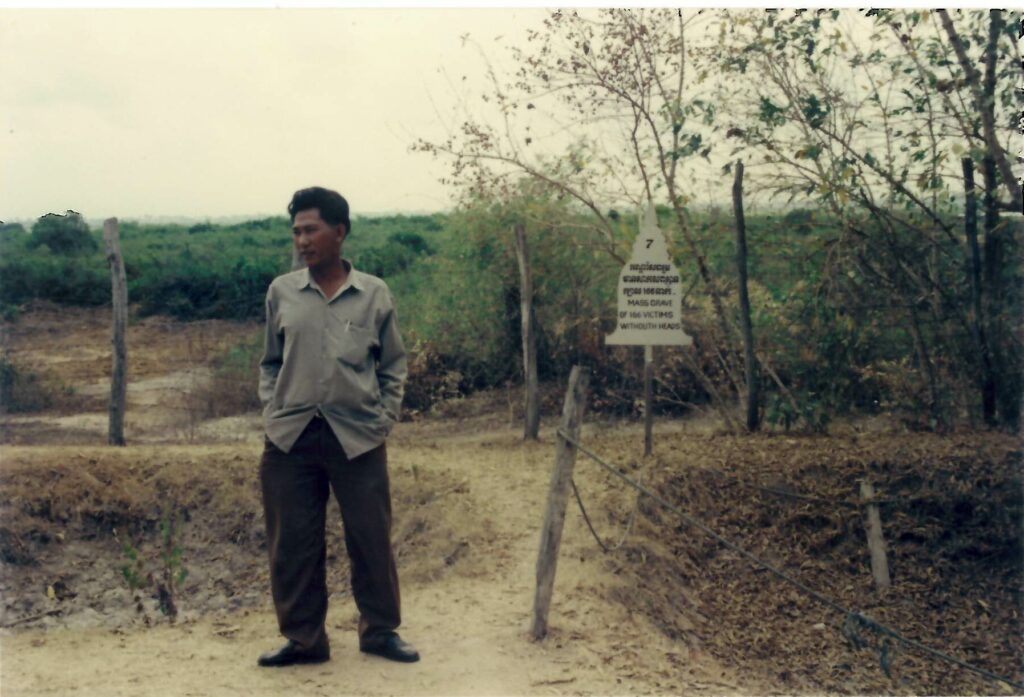
Cheung Ek, situated approximately 15 kilometers south of Phnom Penh contains the graves and remains of 17,000 civilians. Many of these people had come from detention centers and had suffered torture of the most inhuman kind before dying a horrible death.
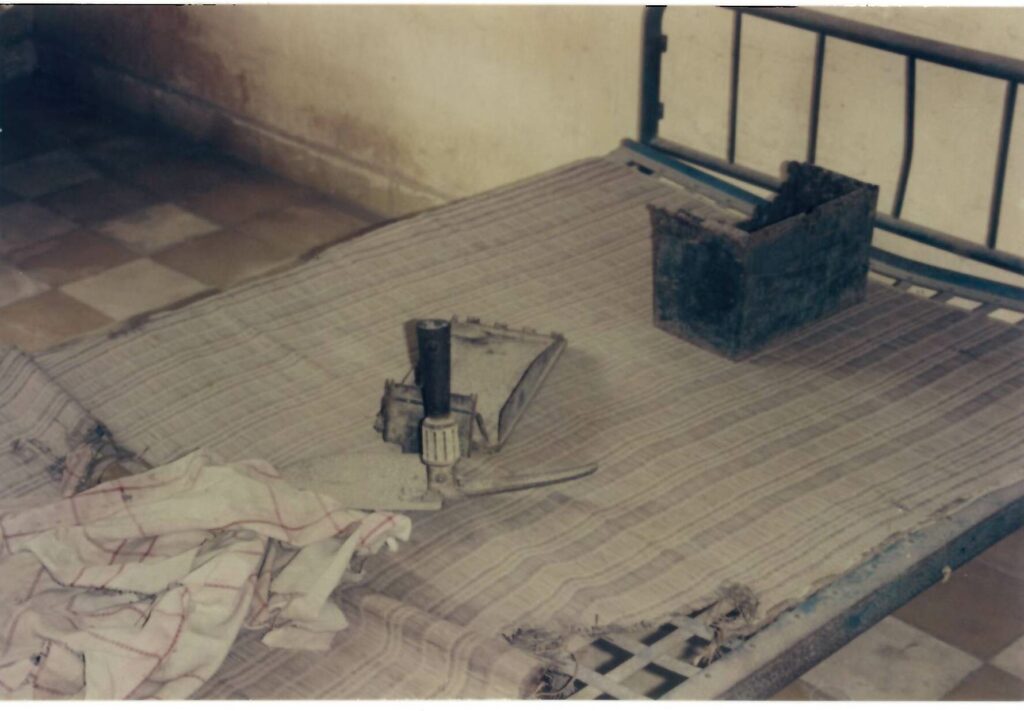
This was the world of the Khmer Rouge, who in 1975 became the ruling party in Cambodia, enforcing totalitarian principles and thrusting, 11th century agriculture reforms upon Cambodia in a bid to create a maoist utopia. Their ultimate goal was to restart civilisation in a ”Zero Year”. People that lived in the cities were forced to march into the country side, where together with the local population they were made to become agriculture workers, usually under severe conditions. Even something as close as family ties were sanctioned by the Khmer Rouge and if they were deemed not suitable, they were forbidden to communicate. The penalty for doing so was death.
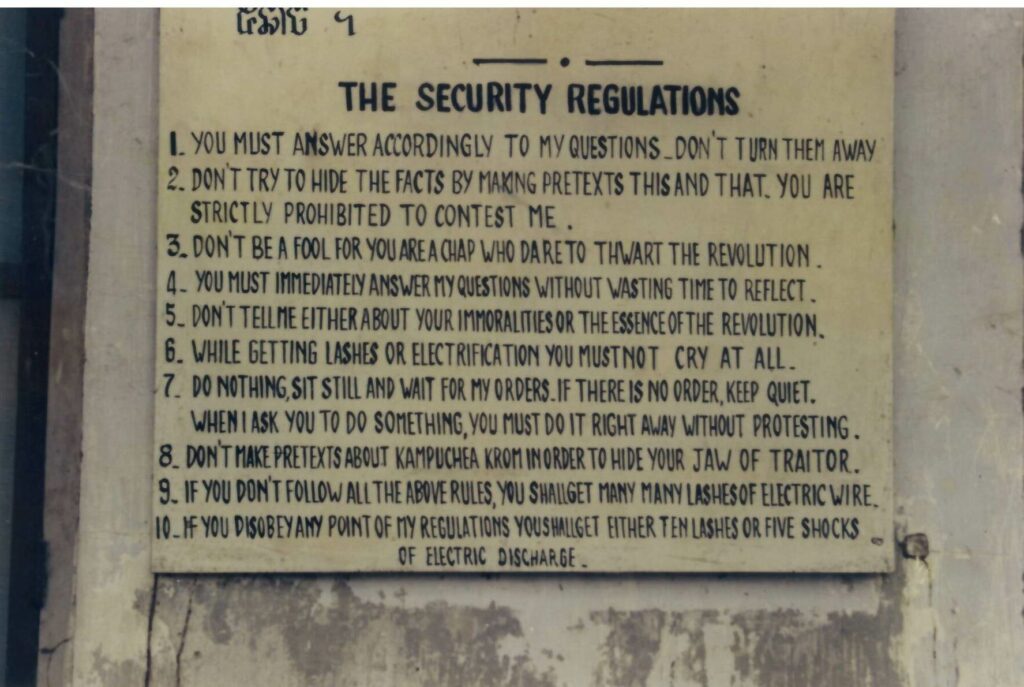
The Khmer Rouge loathed intellectuals and even someone who wore spectacles, who were perceived as intellectuals, became a target. Anyone who spoke against the regime became a legitimate target. Adopting principles of self-sufficiency, they completely scorned anything Western. Torture and forced executions took place on a massive scale and added to the many that simply died from disease and starvation, it is estimated that 1.7 million people perished. The Khmer Rouge finally lost some of its power in 1978 when the Vietnamese intervened, but it still maintained some strongholds in part of the country, continuing guerrilla warfare for many more years. Pol Pot finally died in 1998.
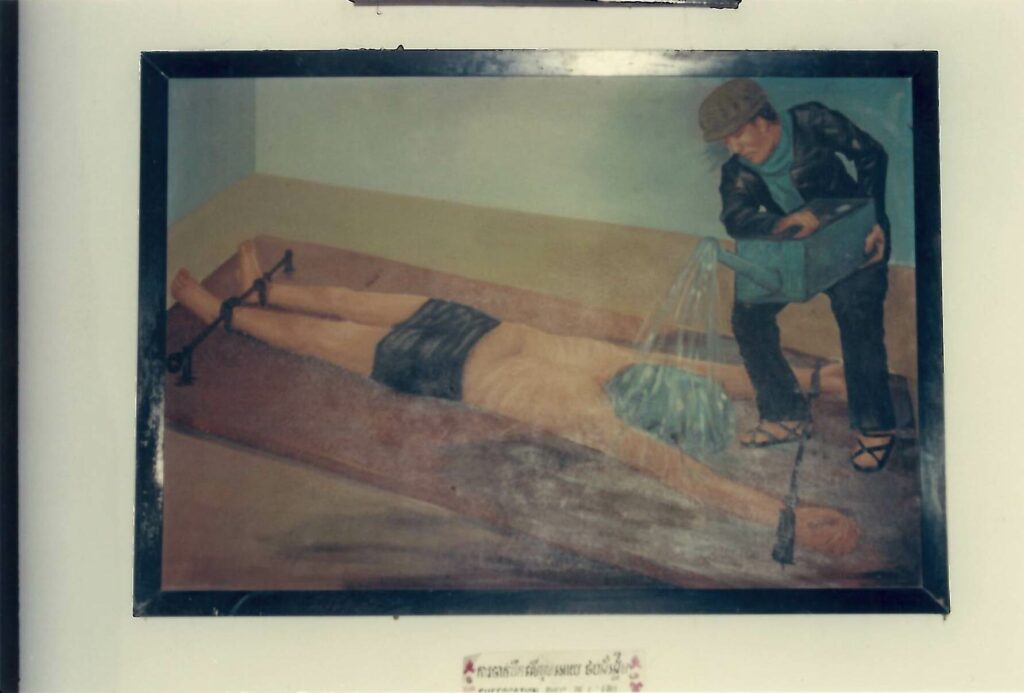
The wonderful man who showed us around spoke excellent English. At several points in his narrative he seemed to fall into a trance and kept saying “I don’t understand why”. He had lost every member of his family at the hands of the Khmer Rouge. He showed us the stupa (on the top of the post) which holds hundreds of skulls of the victims. Some of the skulls had holes in them where the victims head had been pierced with a sharp object.
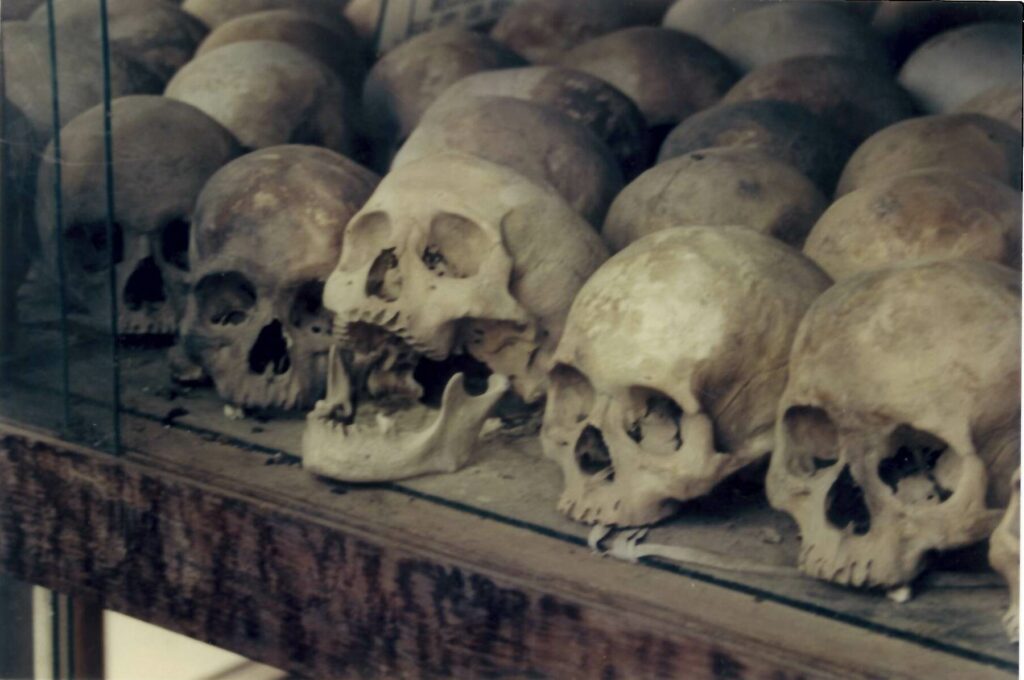
There is no admission fee at least not when we went. We were all asked for $1 which goes towards the school. We were all happy to do that.
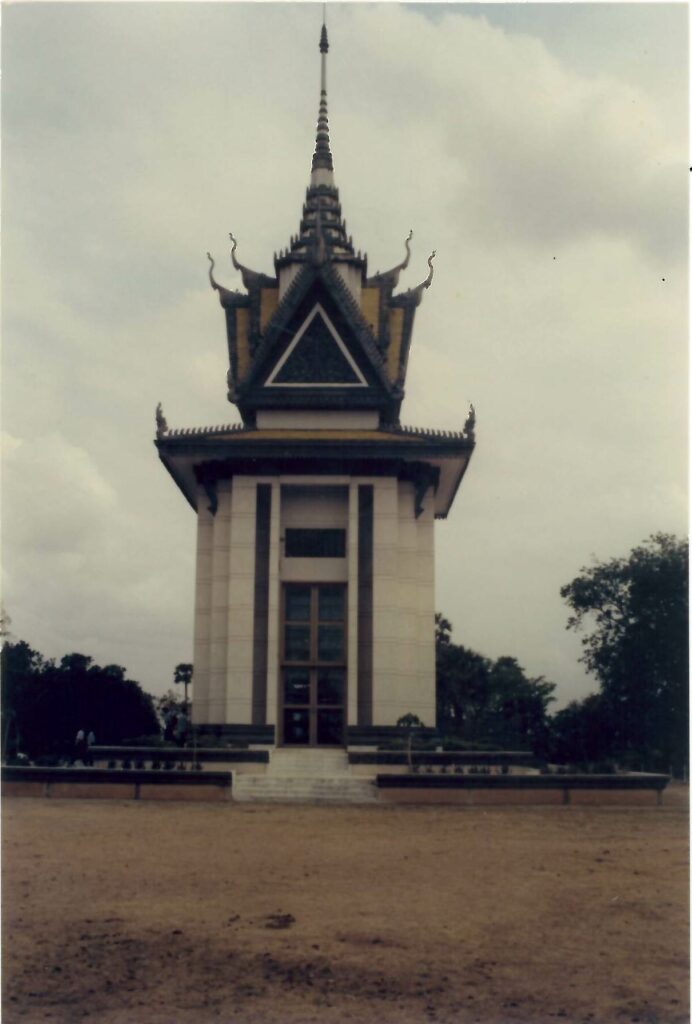
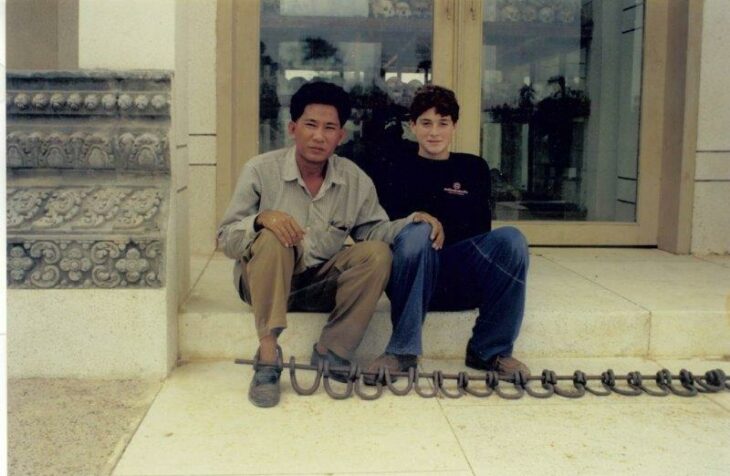
 Tiny Teddy
Tiny Teddy
Bizarre Security Regulations, thanks for sharing